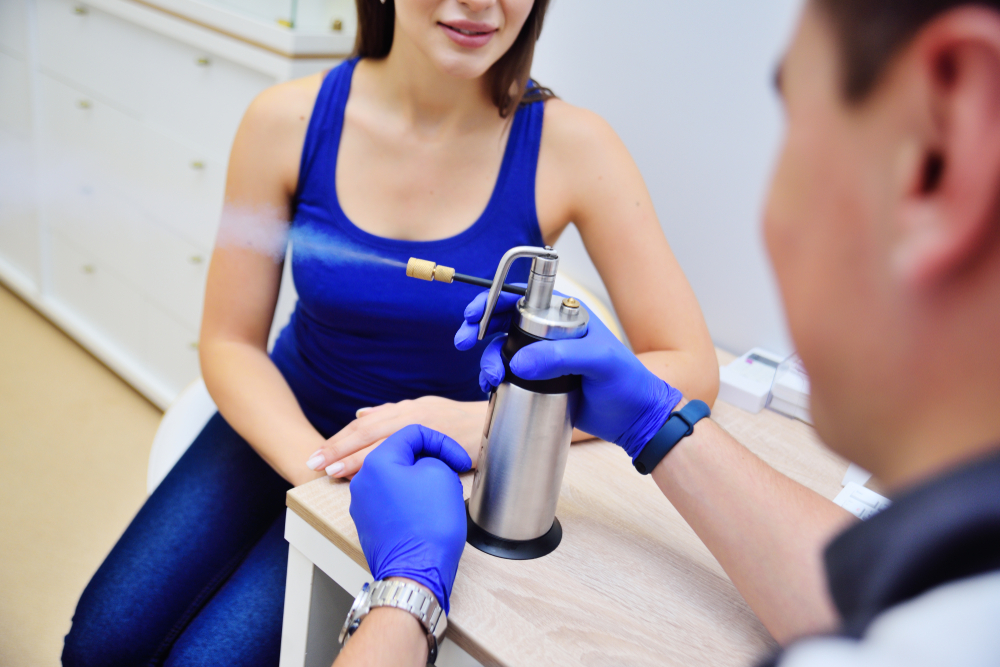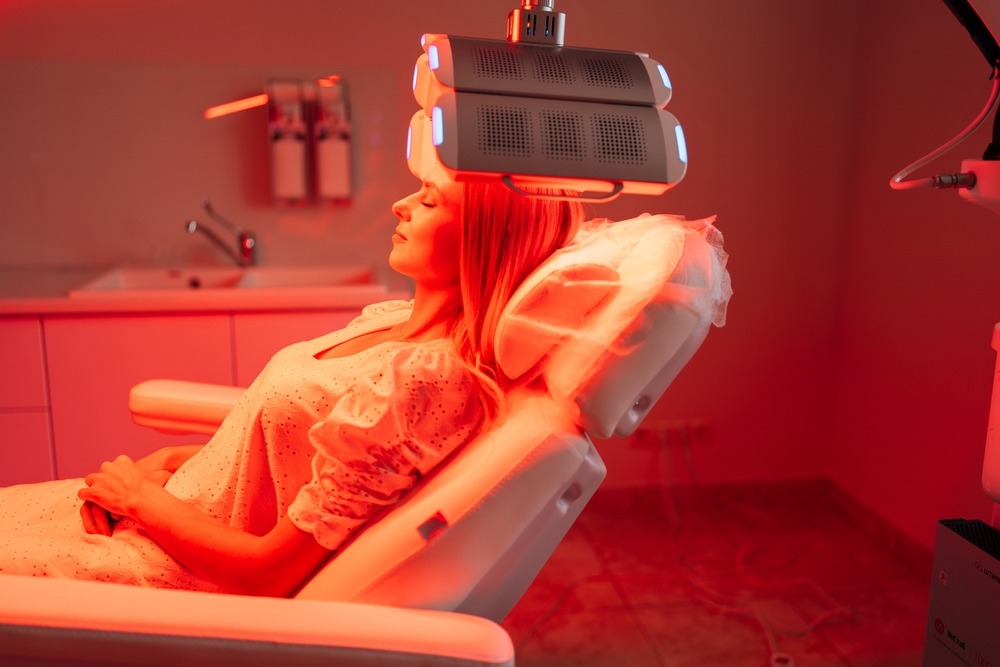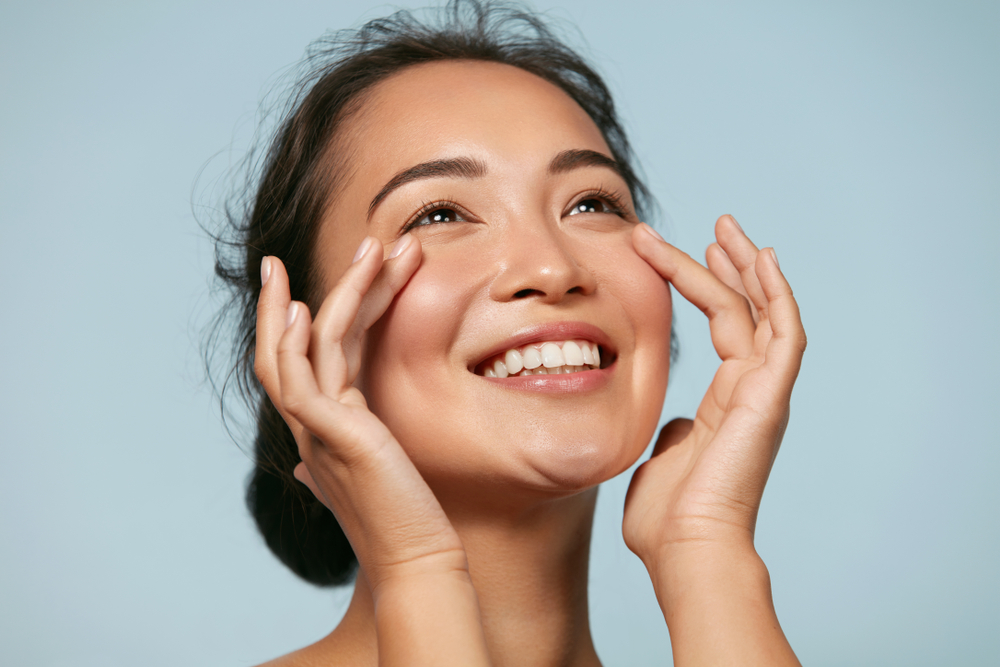Cryotherapy, a dermatological treatment that utilizes extremely cold temperatures, has gained popularity for its effectiveness in treating various skin conditions and promoting skin rejuvenation. In this blog, we will explore the fascinating world of cryotherapy treatment provided by dermatologists. We’ll delve into the conditions it can effectively address and its ability to rejuvenate the skin, helping individuals achieve a healthier, more vibrant complexion.
Treating Skin Conditions with Cryotherapy
1. Warts: Cryotherapy is commonly used to treat common warts, plantar warts, and genital warts. Liquid nitrogen is applied to the affected area, freezing the wart and destroying the cells. Multiple treatment sessions may be necessary to completely eliminate the wart.
2. Actinic Keratosis: Actinic keratosis refers to rough, scaly patches on the skin caused by prolonged sun exposure. Cryotherapy can effectively remove these precancerous lesions by freezing the damaged skin cells, allowing healthy skin to regenerate.
3. Skin Tags: Skin tags are small, benign growths that often appear in areas of friction, such as the neck, underarms, and groin. Cryotherapy can be used to freeze the skin tag, causing it to fall off without scarring.
4. Seborrheic Keratosis: Seborrheic keratosis are harmless, noncancerous growths that typically appear as brown or black waxy plaques on the skin. Cryotherapy can be utilized to freeze and remove these lesions, improving the skin’s appearance.
Skin Rejuvenation with Cryotherapy
1. Collagen Stimulation: Cryotherapy can stimulate collagen production, which plays a vital role in maintaining the skin’s elasticity and firmness. The extreme cold temperatures promote collagen synthesis, leading to improved skin texture and reduced appearance of fine lines and wrinkles.
2. Skin Tightening: The cold temperatures used in cryotherapy cause the skin to contract and tighten, resulting in a firmer and more youthful appearance. This effect can be particularly beneficial for sagging skin and loose areas on the face, neck, and body.
3. Improved Blood Circulation: Cryotherapy increases blood circulation to the treated area, bringing oxygen and nutrients to the skin cells. This improved blood flow can enhance the skin’s overall health, promoting a radiant and rejuvenated complexion.
4. Reducing Pore Size: Cryotherapy has the ability to temporarily reduce the size of pores. The cold temperatures cause the pores to constrict, giving the skin a smoother and more refined appearance.
Consulting with a Dermatologist for Cryotherapy
Cryotherapy treatment should be performed by a qualified dermatologist to ensure safety and optimal results. A dermatologist will evaluate your skin condition, medical history, and treatment goals before recommending cryotherapy as an appropriate option. They have the expertise and experience to perform the procedure accurately, taking into account factors such as treatment duration, temperature control, and post-treatment care.
Cryotherapy treatment provided by dermatologists offers a versatile approach to address various skin conditions and promote skin rejuvenation. By effectively treating conditions like warts, actinic keratosis, skin tags, and seborrheic keratosis, and promoting collagen production, skin tightening, improved blood circulation, and reduced pore size, cryotherapy can help individuals achieve healthier, more vibrant skin. When considering cryotherapy, it is important to consult with a qualified dermatologist to ensure personalized care and optimal results.






